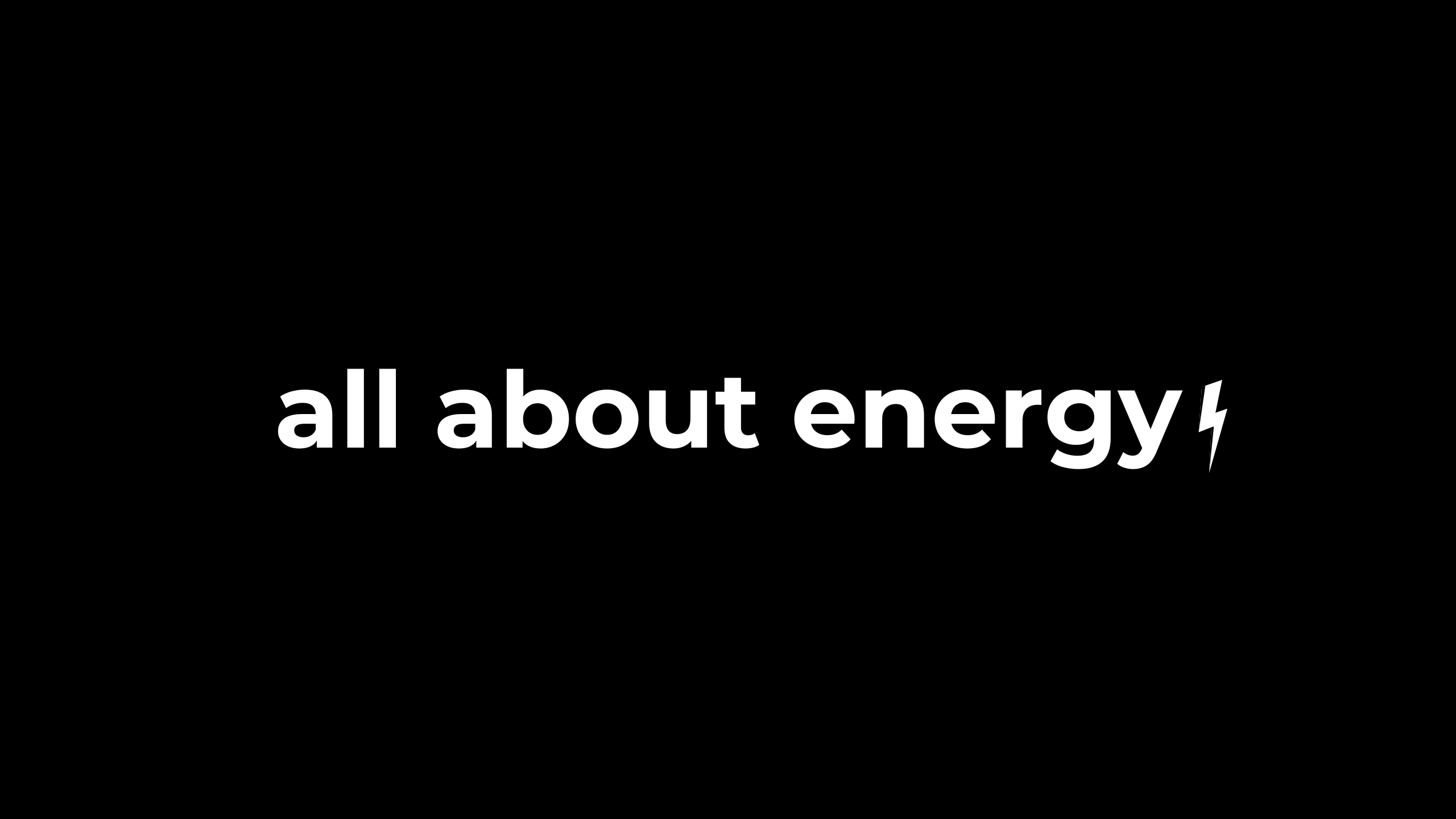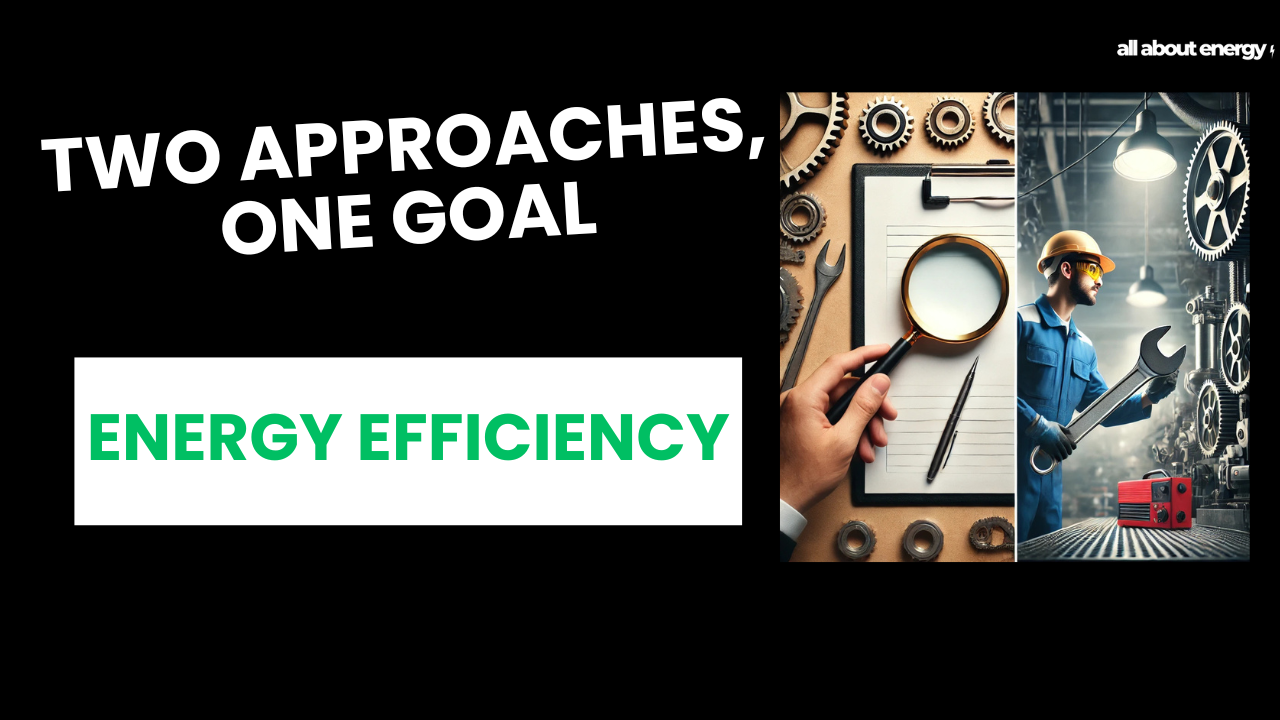Energy Audits vs. Proactive Maintenance
Written by Joe Wright
Today I want to talk about two key strategies in energy management. Energy audits and proactive maintenance. Both can drive long term energy savings but what’s the difference, and how do they contribute to effective energy management?
Energy audits
An energy audit is a structured assessment of your energy use, identifying inefficiencies, waste, and opportunities for improvement. It typically involves data collection, site inspections, and analysis of energy consumption patterns.
The result will be a series and opportunities and an action plan to make those changes and improve efficiency.
Energy audits come in different levels ranging from basic walkthroughs to in depth analysis with detailed energy modelling, and budget cost to investment grade.
They help an organisation understand where energy is being used, wasted and what changes can deliver measurable savings.
For example, an audit might reveal that upgrading outdated lighting, optimising HVAC systems, or improving insulation could cut energy consumption significantly.
An audit is just a snapshot in time however. It provides recommendations, but unless those recommendations are implemented and maintained, the benefits won’t be fully realised. That’s where proactive maintenance can comes in.
Proactive maintenance focuses on preventing inefficiencies before they lead to unnecessary energy waste or costly breakdowns. This includes regular servicing of equipment, predictive maintenance using monitoring systems, and fine tuning operations to ensure systems run at peak efficiency.
For example, a company using compressed air systems could face significant energy losses from leaks (something I see all the time).
The energy audit might identify the problem, but without a proactive maintenance strategy such as regular leak detection and repairs, those savings will quickly disappear. The same applies to HVAC systems, refrigeration units, and manufacturing processes and others.
You can’t stop at identifying the measure and a one time implementation. If neglected, small inefficiencies can compound over time, leading to higher operational costs.
Both strategies are essential for long term energy management. An energy audit provides the insights needed to take action, while proactive maintenance ensures those actions remain effective over time.
If you integrate both approaches you’ll likely reduce costs, they improve reliability,, enhance sustainability, and stay compliant with energy regulations easier.
For ESOS participants, now’s a great time to get locked in. You have a list of energy recommendations from your Phase 3 compliance audit, you’ve recently submitted an action plan declaring which measures you’ll implement, so your next step will be to implement those actions, monitor the results and ensure that they deliver as expected with an effective maintenance plan.
Have you thought about maintenance in your action plan?
Are you looking to improve your organisations energy management practices?
Take our Energy Management Scorecard quiz to assess your current strategies and identify areas for improvement. Click below for the free assessment

You May Also Like…
Compliance Simplified
If you’re part of any of the mandatory compliance scheme like SECR, ESOS, or the many others out there, then you...
Why maintenance matters for energy management
When you think about improving your energy management, where does your mind go first? Upgrades? New systems? Cutting...
Creating A Culture Of Energy Efficiency
If your business is subject to compliance schemes like ESOS or SECR, you’re not alone. A lot of the companies I work...




